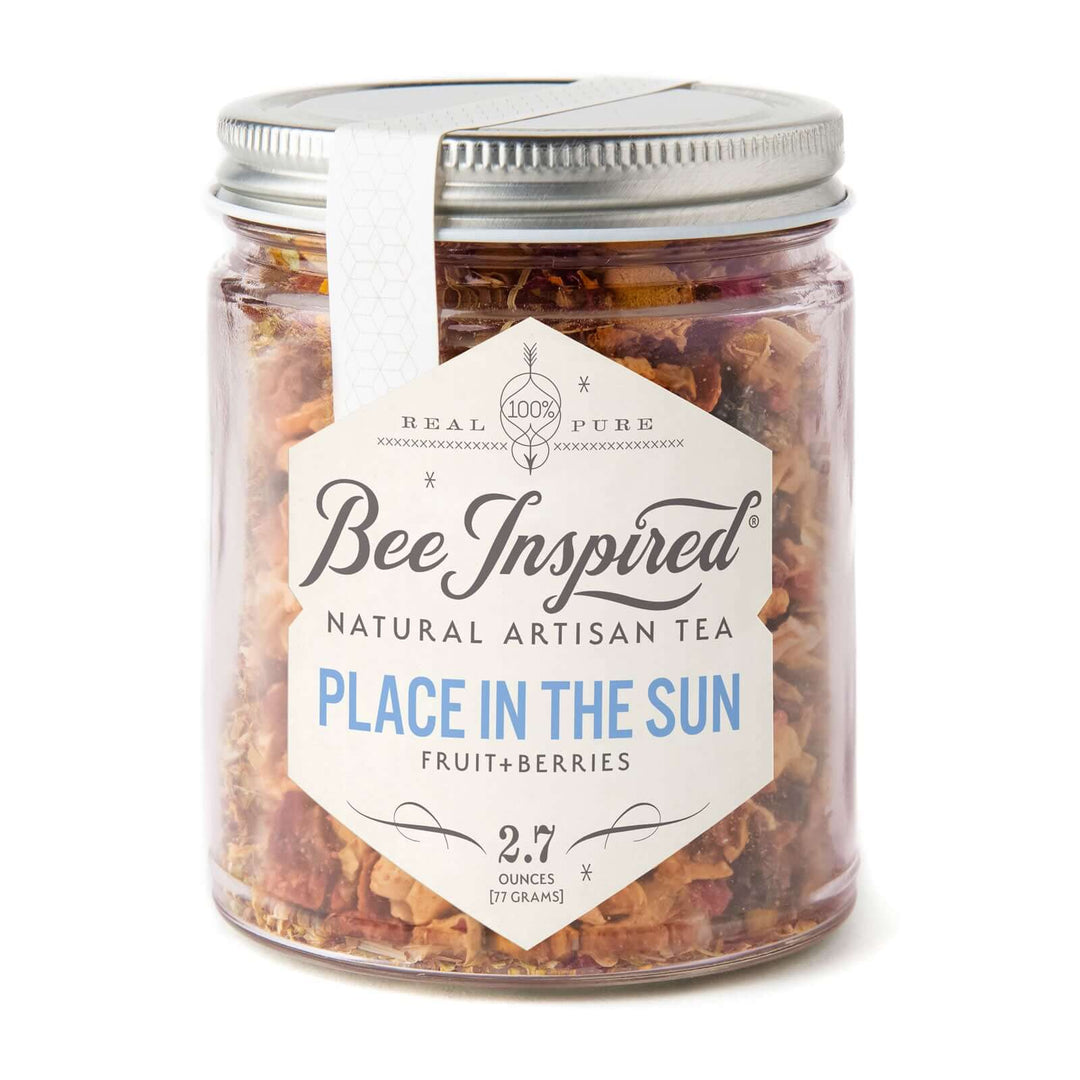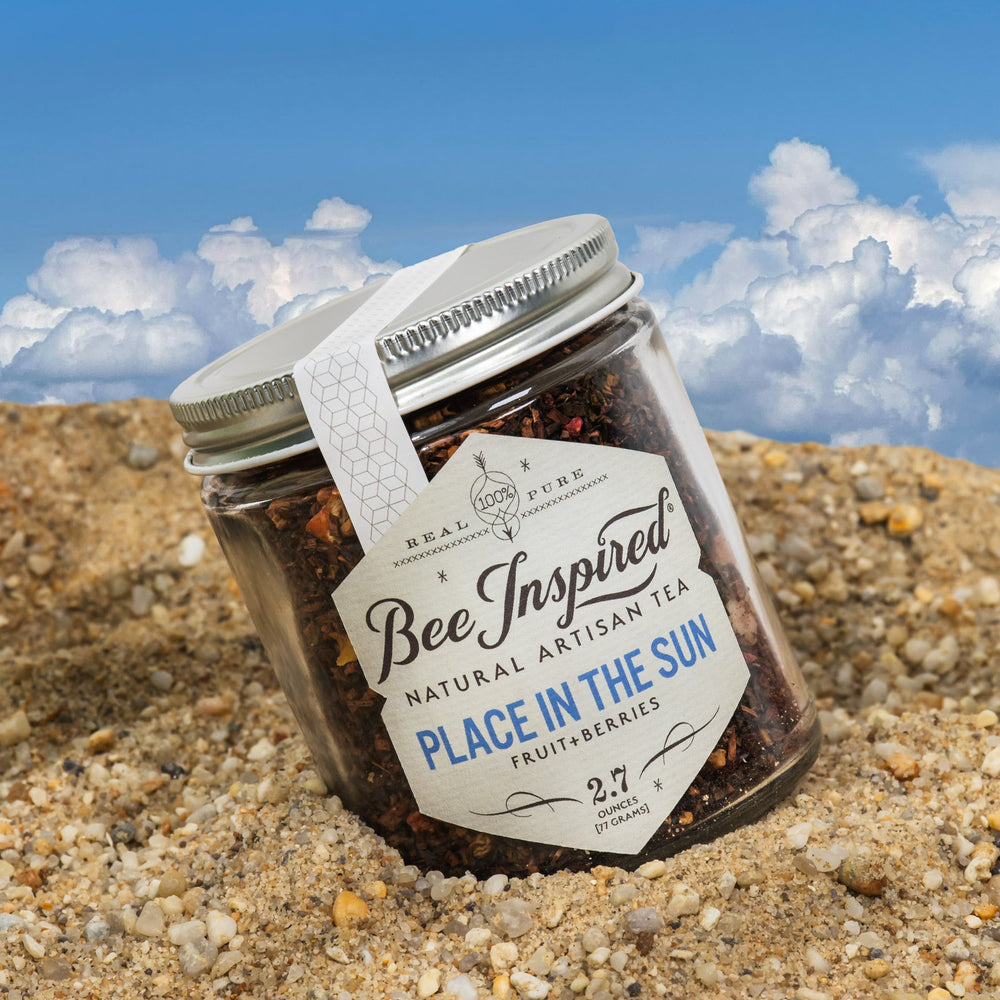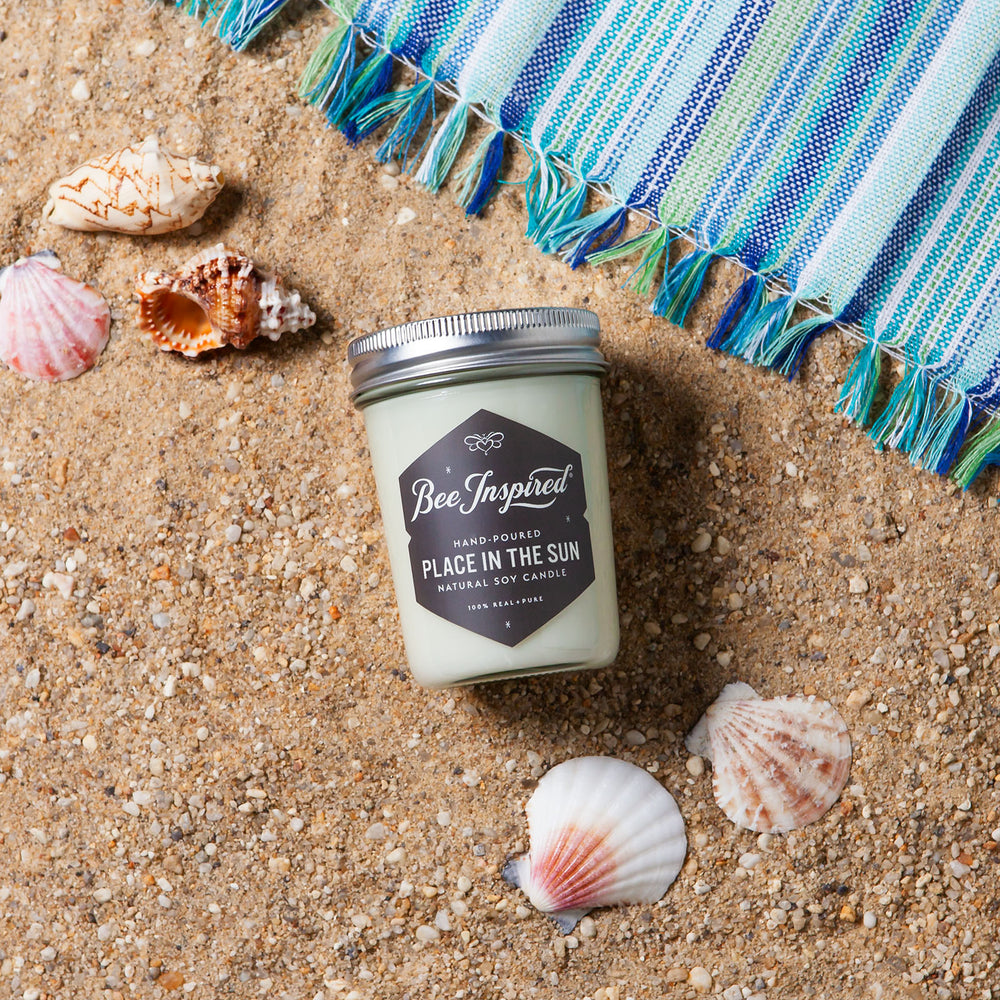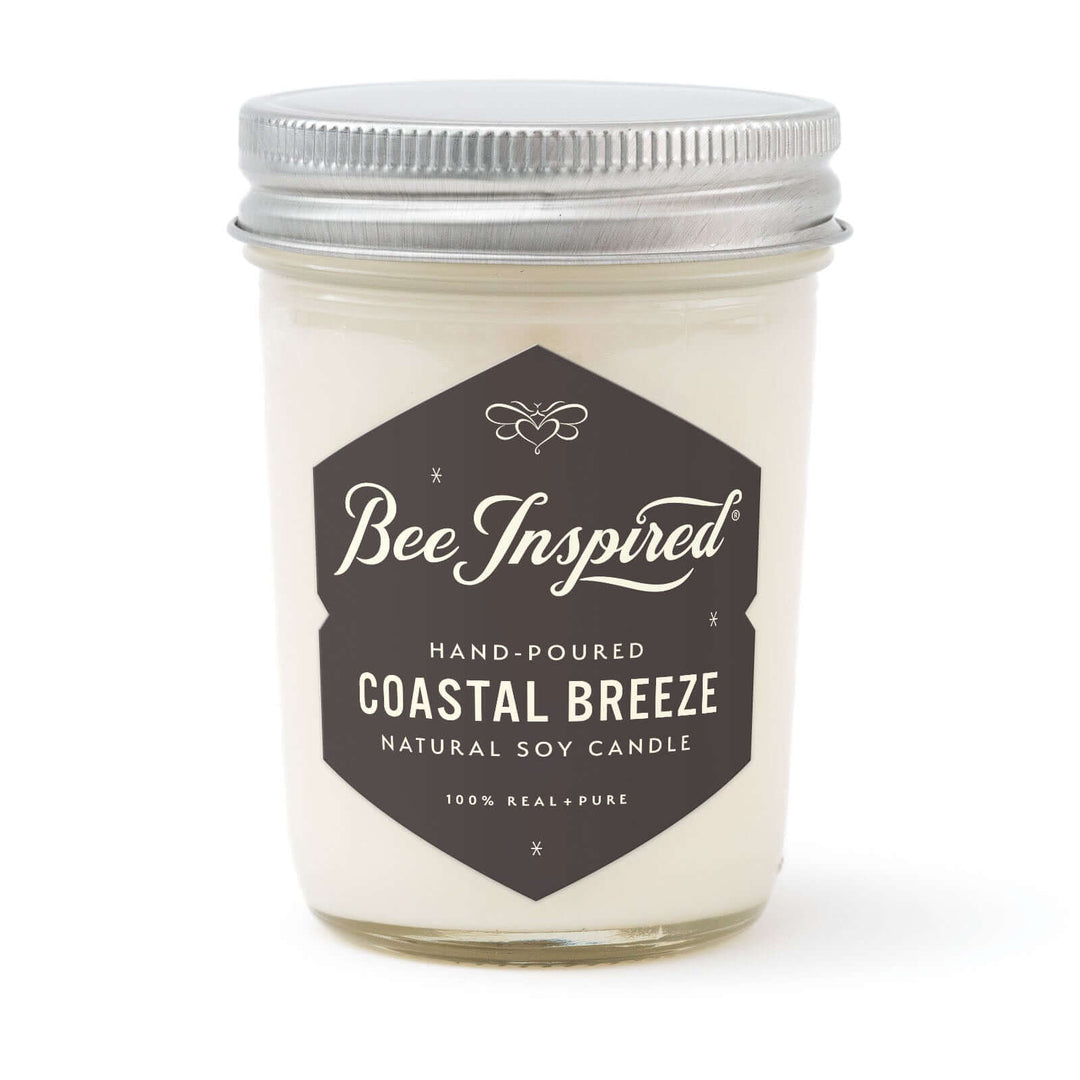Citrus season, from late fall to early spring, is the peak time to enjoy the freshest oranges, grapefruits, and more. Learn how to savor these fruits at their best, and find your favorite citrus fruits to help you celebrate the season.
Check out our Citrus Collection for the best citrus-themed products and gifts!
Citrus Trees Keep You Going Through Winter
- Winter is the prime season for citrus fruits, peaking from late fall to early spring, with varieties like navel oranges, blood oranges, and ruby red grapefruit offering distinct flavors and health benefits.
- Citrus fruits are rich in vitamin C and antioxidants, providing immune support and reducing inflammation, making them essential for a healthy diet during colder months.
- Selecting and storing citrus properly enhances their flavor and nutrition; keep them firm and bruise-free, and store at room temperature or in the refrigerator for freshness.

Enjoy our Lemon Honey Lollipops to celebrate citrus season! Try stirring them in your tea.
Understanding Citrus Season
Winter is the prime season for enjoying citrus fruits, as tropical citrus fruits reach their peak season during these cooler months. The vibrant flavors of citrus fruits are most pronounced from late fall to early spring, making this the ideal time to indulge in their juicy goodness. During this period, varieties such as navel oranges, blood oranges, and rub red grapefruit are at their best, offering a delightful array of tastes and textures.
Citrus fruits are not just a treat for the palate; they provide numerous health benefits that are particularly valuable in winter. High in vitamin C, these fruits help bolster the immune system, keeping colds and flu at bay during the colder months. Additionally, the antioxidants in citrus fruits reduce inflammation and support overall well-being, making them a vital part of a healthy winter diet.
The prime harvest time for many citrus fruits spans from November to March, ensuring their peak freshness and flavor. For instance, most Florida oranges are harvested from October through June, with navel oranges peaking between December and March. Mandarin oranges, another winter favorite, also reach their zenith from November to March. Grapefruit, including the ruby red variety, is harvested from September to June, with winter being their prime season. Understanding the seasonal availability of these fruits allows you to enjoy them at their best.

Bring seasonal scents and sleek decor into your home with our Ruby Red Grapefruit Luxe Soy Candle
Varieties of Winter Citrus Fruits
The world of citrus fruits is rich and diverse, offering a plethora of flavors to tantalize your taste buds. From the sweet and seedless navel oranges to the unique and visually striking blood oranges, each variety brings its own distinct characteristics to the table. This season, make it a point to explore the different types of citrus fruits available, each offering a unique blend of sweetness, tartness, and juiciness.
This season, explore the specifics of some of the most popular citrus fruits varieties you can enjoy during the winter months. From navel oranges to ruby red grapefruit, blood oranges, and mandarin oranges, each variety offers unique flavors and culinary uses.
Navel Oranges
Navel oranges, easily recognized by their distinct navel-like formation on one end, are a winter staple. These seedless and sweet oranges are in season from autumn until spring, with their peak availability in Florida from November to February. Their balanced sweetness and juiciness make them a favorite among citrus enthusiasts.
These temple oranges are not only delicious but also versatile. They can be enjoyed fresh, straight out of hand, or used in salads, desserts, and even savory dishes. Their bright flavor and easy-to-peel skin make them a convenient and nutritious snack, perfect for adding a touch of sunshine to your winter days. Valencia oranges can also be a great addition to similar recipes.

Honeybees love to pollinate orange blossoms!
Ruby Red Grapefruit
The ruby red grapefruit, with its invigorating tartness and slightly sweet undertones, is another winter delight. This variety of grapefruit is typically at its best from October to April, offering a vibrant addition to your fruit basket. The ruby red grapefruit stands out not only for its taste but also for its beautifully pink to red flesh, which adds a pop of color to any dish.
Known for its sweet-tart flavor, the ruby red grapefruit is perfect for those who enjoy a bit of zing in their citrus fruits. It is most commonly available in pink and red varieties during the winter months, providing a refreshing and nutritious option for breakfast, salads, or as a healthy snack.
Blood Oranges
Blood oranges are a unique and visually striking variety of citrus, known for their deep red flesh and distinctive flavor. These oranges are best enjoyed from December until April, when their vibrant color and sweet-tart taste are at their peak. The unusual hue of blood oranges is due to the presence of anthocyanins, antioxidants that develop in response to cold temperatures
With a flavor that combines the sweetness of regular oranges with a hint of tartness and a subtle raspberry-like note, blood oranges are incredibly versatile. They can be used in salads, desserts, and cocktails, adding a burst of color and flavor to your culinary creations.
Mandarin Oranges
Mandarin oranges, including popular varieties like clementines and tangerines, are favored for their sweet flavor and easy-to-peel skin. These small, loose-skinned oranges are typically in season from November to March, making them a convenient and delicious snack during the winter months. Their extra sweetness and juiciness set them apart from regular oranges, making them a beloved choice for both children and adults.
Clementines and tangerines are at their most flavorful between late October and January, offering a burst of sweetness that is perfect for snacking, adding to salads, or incorporating into desserts. Their compact size and easy-to-peel skin make them an ideal choice for lunch boxes and on-the-go snacks.

Our Sunrise Assam Loose-Leaf Tea features a rich, zesty, and brisk flavor profile
How to Select and Store Citrus Fruits
Selecting the best citrus fruits is essential for enjoying their full flavor and nutritional benefits. When choosing citrus fruits, look for ones that are firm and free from bruises or dents. Navel oranges, with their distinctive navel-like formation, are a good choice as they are seedless and typically very sweet. Remember that citrus fruits are harvested when fully matured and do not continue to ripen after being picked, so selecting ripe fruits is key.
To keep your citrus fruits fresh, store them at room temperature for about a week or refrigerate them to prolong their freshness. Is is also important to keep lemons and limes away from ethylene gas-producing fruits, such as apples and bananas, to maintain their quality. Proper selection and storage ensure that you can enjoy the vibrant flavors of citrus fruits throughout the winter months.
Health Benefits of Citrus Fruits
Citrus fruits are renowned for their high vitamin C content, which plays a crucial role in maintaining a healthy immune system. Vitamin C acts as an antioxidant, helping to reduce inflammation and support the function of immune cells like neutrophils and lymphocytes. This make citrus fruits and excellent choice for boosting your body's defenses during the winter months.
In addition to vitamin C, citrus fruits contain bioactive compounds such as hesperidin, which have been shown to exhibit anti-inflammatory properties. These compounds help to improve the body's overall health by promoting the activity of immune cells and reducing oxidative stress. Consuming citrus fruits regularly can therefore play a significant role in maintaining overall well-being.
Another important nutrient found in citrus fruits is folate, which is essential for cellular division and immune regulation. Folate influences gut barrier function, which is crucial for preventing pathogens from entering the body. The combination of Vitamin C, folate, and other bioactive compounds makes citrus fruits a powerhouse of nutrition, providing numerous health benefits that support a healthy and active lifestyle.

Our Citrus Blossom Body Scrub and Body Butter make the perfect body care duo
Cooking with Citrus: Recipes and Ideas
Citrus fruits are incredibly versatile in the kitchen, adding brightness and flavor to a wide range of dishes. Whether you are looking to enhance savory dishes, create delightful sweet treats, or mix up refreshing beverages, citrus fruits can elevate your culinary creations. From using citrus zest in baked goods to incorporating lime juice in marinades, the possibilities are endless.
Citrus fruits offer countless possibilities in savory dishes, sweet treats, and beverages. Here are some ideas to help you utilize these vibrant citrus fruits in your cooking.
Savory Dishes
Citrus fruits can transform savory dishes by adding a burst of brightness and complexity. For instance, pairing citrus with garlic creates flavor-packed pastes that are perfect for enhancing meats and vegetables. Using lemon or lime juice in marinades not only tenderizes meat but also introduces a refreshing kick that elevates the overall flavor. Blood oranges, with their distinct raspberry-like flavor, offer a unique twist to salads and seafood dishes, making them popular in various culinary applications.
The deep red flesh of blood oranges adds visual appeal as well as a unique taste to your dishes. Try incorporating blood orange segments into a winter salad with arugula and goat cheese, or use lime juice and zest in a marinade for grilled chicken. These simple additions can make your savory dishes stand out, delighting your taste buds with every bite.

Try this delicious Cranberry Orange Biscotti
Sweet Treats
The sweet and tart flavors of citrus fruits are a natural fit for desserts and baked goods. Blending lemon zest with sugar to create lemon sugar is a simple way to add a burst of citrus flavor to cakes, cookies, and fruit salads. Citrus zest and juices can refresh traditional recipes, giving them a modern twist that will tantalize your taste buds.
Experimenting with different citrus varieties can lead to unique and delicious desserts. For example, a blood orange upside-down cake or a clementine tart can offer an unexpected yet delightful change from the usual sweets. Incorporating citrus zest in baked goods not only adds flavor but also introduces a refreshing brightness that enhances the overall taste.
Beverages and Cocktails
Citrus juices are a staple in many classic cocktails, providing the acidity and freshness that balance spirits and other flavors. From margaritas to mojitos, citrus juices like lime and lemon juice are essential for creating refreshing drinks that are perfect for any occasion. You can also create citrus-infused syrups or dressings to add a unique twist to your cocktails and salads.
For a creative touch, try making citrus ice cubes from fresh juice. These ice cubes slowly release their flavor as they melt, enhancing your beverages with an extra layer of citrusy goodness. Whether you're crafting a summer punch or a winter warmer, incorporating citrus fruits into your drinks will elevate your beverage game to new heights.

A Honey Rye Crush is the perfect way to make a toast to citrus season
Beyond the Kitchen: Alternative Uses for Citrus
Citrus fruits have uses that extend far beyond the kitchen. Citrus peels, for example, contain more vitamin C and fiber than the fruit itself, making them highly valuable for various applications. The compound D-Limonene found in citrus peels is an effective natural cleaner, perfect for creating homemade cleaning products that are both eco-friendly and efficient.
Additionally, dried citrus peels can be used as natural fire starters, thanks to the oils they contain. They can also be repurposed into pest deterrent sprays, helping to keep garden pests at bay in a natural way.
For a touch of luxury, consider making homemade body scrubs with dried citrus peels, which offer exfoliation without synthetic ingredients. A citrus body scrub can help smooth and brighten your skin. These alternative uses make citrus fruits a versatile addition to any household.
Citrus Harvesting in Florida
Florida is a major player in the citrus industry, producing a significant portion of the nation's citrus fruits. The state's citrus harvesting season runs from late fall until early spring, ensuring fresh citrus availability during the colder months. Florida oranges, particularly navel oranges, peak in sweetness and flavor from November to June, making them a winter staple.
Polk County is recognized as the top citrus producing county in Florida, contributing significantly to the state's citrus output. In fact, Florida produces 56% of the total citrus in the United States. Other notable citrus producing counties include Highlands, Hardee, De Soto, and Hendry, which product millions of boxes of citrus each year. These regions play a crucial role in supplying the fresh citrus that we enjoy throughout the winter months.
Our Florida Orange Honey has a sweet, fresh, citrusy taste that no other orange honey can beat
Citrus Inspiration: Enhancing Your Taste Buds
Experimenting with different citrus varieties can elevate the flavor profile of your dishes, transforming them from ordinary to extraordinary. Whether you're adding a splash of lime juice to a marinade, incorporating blood orange segments into a salad, or using lemon zest in baked goods, the vibrant flavors of citrus fruits can enhance your culinary creations.
Don't be afraid to try new combinations and explore the wide range of possibilities that citrus fruits offer. Your taste buds will thank you.
Have A Juicy Citrus Season!
As we've explored, winter is the perfect time to savor the best of citrus season. From navel oranges and ruby red grapefruit to blood oranges and mandarin oranges, the variety of citrus fruits available during the colder months is truly remarkable. These fruits not only provide a burst of flavor but also offer numerous health benefits, making them a valuable addition to your diet.
Whether you're enjoying them fresh, incorporating them into savory or sweet dishes, or using them in beverages, citrus fruits bring a touch of sunshine to the winter season. Beyond the kitchen, they offer practical uses that make them an even more versatile part of your household. So, embrace the season and let citrus fruits brighten your winter days with their vibrant flavors and myriad benefits.

Our Vanilla + Citrus Jelly Jar Soy Candle perfectly blends the sweet scent of vanilla with the juicy aroma of oranges
Frequently Asked Questions
When is the best time to buy navel oranges?
The optimal time to purchase navel oranges is between November and April. This period ensures you select the freshest and most flavorful fruit.
How should I store citrus fruits to keep them fresh?
To keep citrus fruits fresh, store them at room temperature for up to a week or refrigerate them to extend their freshness.
What are the health benefits of citrus fruits?
Citrus fruits provide significant health benefits, including boosting the immune system and reducing inflammation due to their high vitamin C and folate content. Incorporating these fruits into your diet can enhance overall health and well-being.
How can I use citrus in savory dishes?
Citrus enhances savory dishes by being used in marinades to tenderize meat and add flavor, and it can also brighten sauces. Incorporating citrus will elevate the overall taste of your meals.
Can citrus peels be used for anything other than cooking?
Citrus peels can indeed be utilized for various purposes beyond cooking, including natural cleaning products, pest deterrents, and homemade body scrubs. Their versatility makes them a valuable addition to your household and personal care routine.












